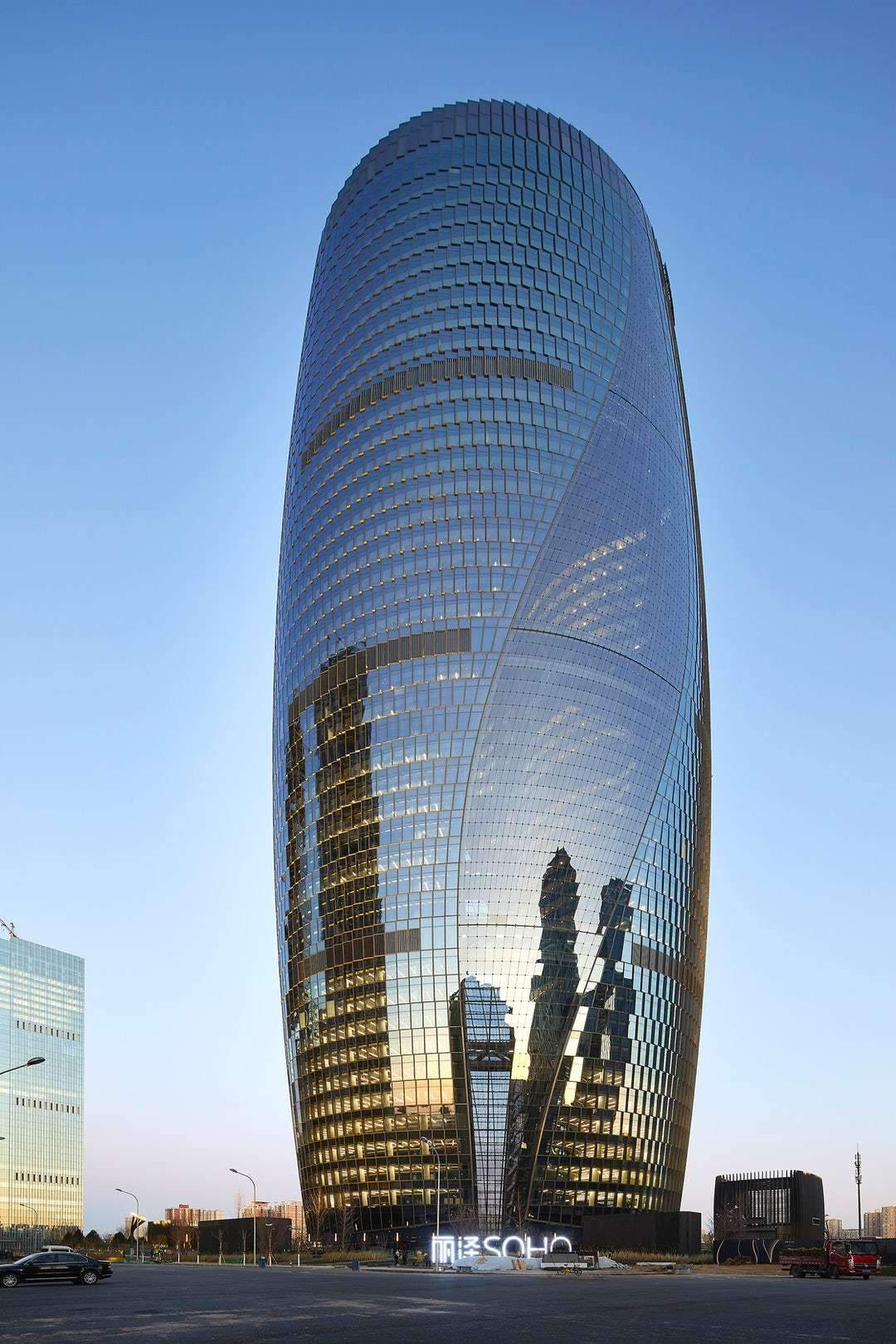Recycling agricultural waste into effective building materials,
The concept of recycling is to improve a wasted item and make it useful again,
by adding new value and functionality to it
The word is common in many industries, such as fashion and furniture, but in civil construction,
the concept can also be incorporated, making waste from the industry itself recycled or even bringing what would be discarded
from other industries to be processed and incorporated into construction.
This is the case of converting agricultural waste into building materials, introducing new use of waste,
reducing the use of raw materials, and creating products with excellent properties.
Rethinking the current linear economic model has been a prominent topic among discussions of a more sustainable future.

Recycling agricultural waste into effective building materials
Where production is directly related to the extraction and disposal of natural resources at the end of their useful life,
and according to the principles of a circular economy, organic waste from cities and the countryside can be diverted from landfills,
irregular disposal or incineration to become a raw material to create products before being returned to the biological cycle at the end of their life productive.
This includes reusing corn cobs, bagasse, rice straw, wheat, soybean, peanut shells, bananas, sunflower seeds, cellulose,
and many more, depending on the culture of the place.
Structures using straw have already been explored, in which the remains of grain production,
typically wheat, rice or barley, can be grouped together to create highly efficient seals and insulators.
Many studies and experiments have also been conducted on this agricultural waste,
which qualifies it as a potential material for building walls, with good thermal, acoustic and even structural properties.

Recycling agricultural waste into effective building materials
For example, in areas near the tropics, the product for which waste occupies a large area is coconut.
Its fibers, whether mature or immature, are used in many uses,
as they can be added to concrete mixes, or in some cases, become a cement brick reinforcement.
This is used in the northeastern region of Brazil,
and is intended to meet the demand for new construction in low-income communities and to increase the production of an alternative brick reinforced with coconut fibres,
capable of contributing primarily to the recycling of mature green coconuts in urban and rural landfills.
Coconut fiber can also be used as thermal insulation, as in Casa Parasita, designed by El Sindicato Arquitectura.
A 12 cm layer was used between the external metal panels and the internal OSB coating.

Recycling agricultural waste into effective building materials
But waste doesn’t have to come from the land just to be recycled.
Marine aquaculture waste in southern Brazil can be used as aggregate in concrete production,
to avoid being deposited in sandbanks, the sea or on any piece of land.
The material replaces a large part of the sand and concrete used in block production,
making it lighter than common types and achieving better acoustic results.
Filipino-Ghanaian architect Mai Ling Loko has also developed an exhaustive paper on the concept of Agrowaste or “Design with Agricultural Waste” design,
and the use of these vital materials in architecture.
In addition, there are many academic researches that prove that the reuse of agricultural waste not only helps to address
the problem of pollution resulting from the exploitation of traditional building materials,
such as cement, but also the environmental concern with the disposal of waste in landfills.

Recycling agricultural waste into effective building materials
This created material can also have commercial viability and properties that allow it to be compared to any other traditional product.
In 2017, the global engineering company ARUP developed a comprehensive survey of the possibilities of treating agricultural waste as an effective building material.
Titled “The Urban Vital Ring: Growth, Formation, and Regeneration”, it lists the main uses as follows:
- Partitions and interior finishes: flat panels – with decorative overlays when necessary.
Many organic waste streams can be used for applications, such as bagasse, pulp, seeds, stems or peanut shells.
These products generally have a low specific gravity and are, therefore, easy to handle,
and are solid enough to ensure adequate resistance to impacts.
- Furniture: Natural fibers and residual small particles can be molded into intricate shapes for chairs, tables and in general for any interior application.
A variety of surface finishes provide a strong aesthetic appeal.
- Sound absorption: materials with high porosity, such as bio-foam, can be obtained from soybean residues.
In addition, different types of fibers can be combined to form an insulating material with good sound-absorbing properties.
Recycling agricultural waste into effective building materials
- Thermal insulation: different natural fibers obtained from agricultural harvest can be used.
They provide low heat conduction, and some of them have good performance as spruce and water repellent, such as potato peel and cork.
- Carpet: Its manufacture depends on a variety of natural fibers, such as those obtained from the remains of the harvest of bananas or pineapples, and other flexible, strong and light fibers.
Almost all raw materials can be used, with little processing, as is the case with the sugarcane straw that covers the roof of The Green Island Community Center in Thailand.
In the LCA Architetti project and luca compri architetti, environmental materials play a leading role,
as it is nature that guides people in the choice of building materials.
For example, wood for the basic structure, rice straw and cork for insulation;
The interior finishes and furniture are of stone and oak wood.







